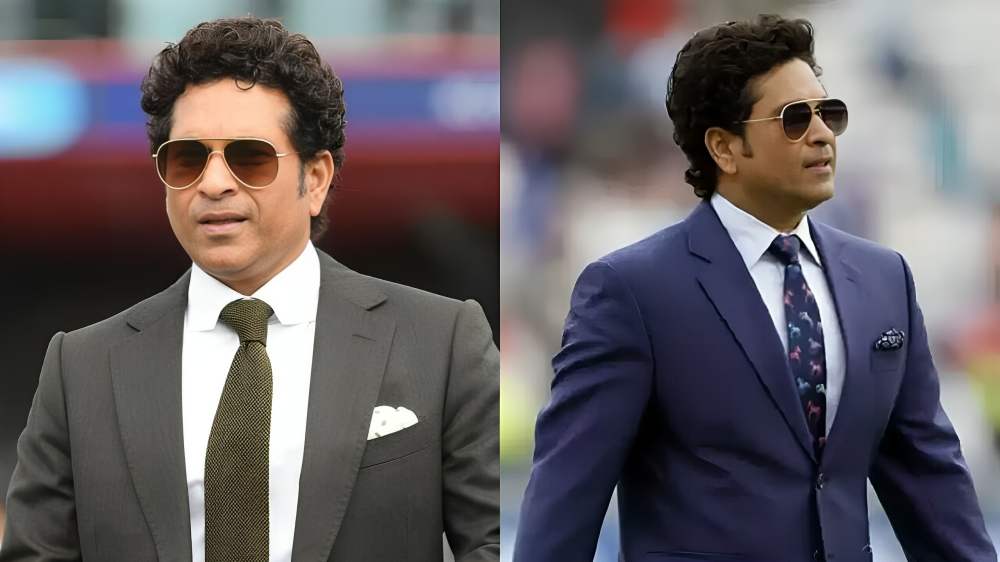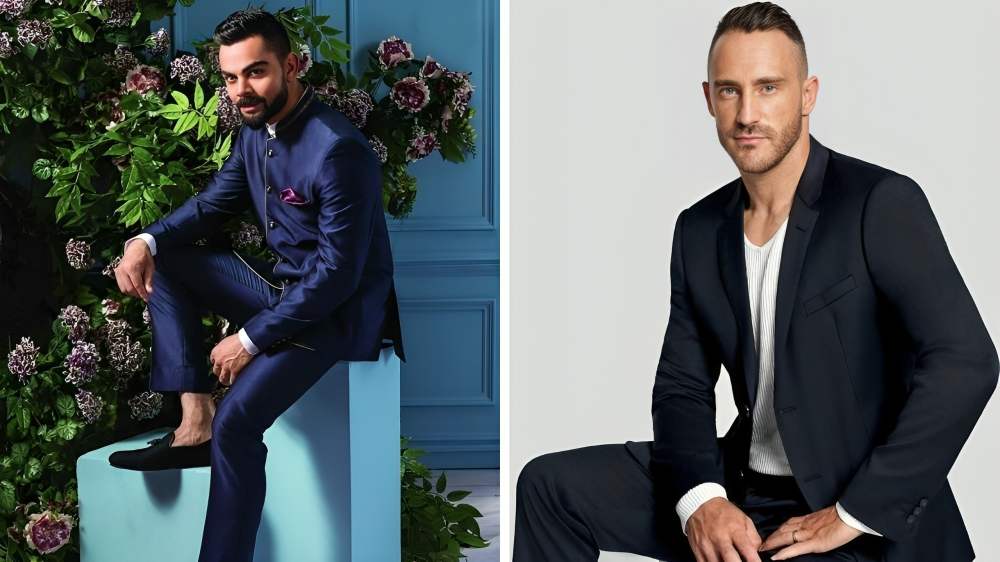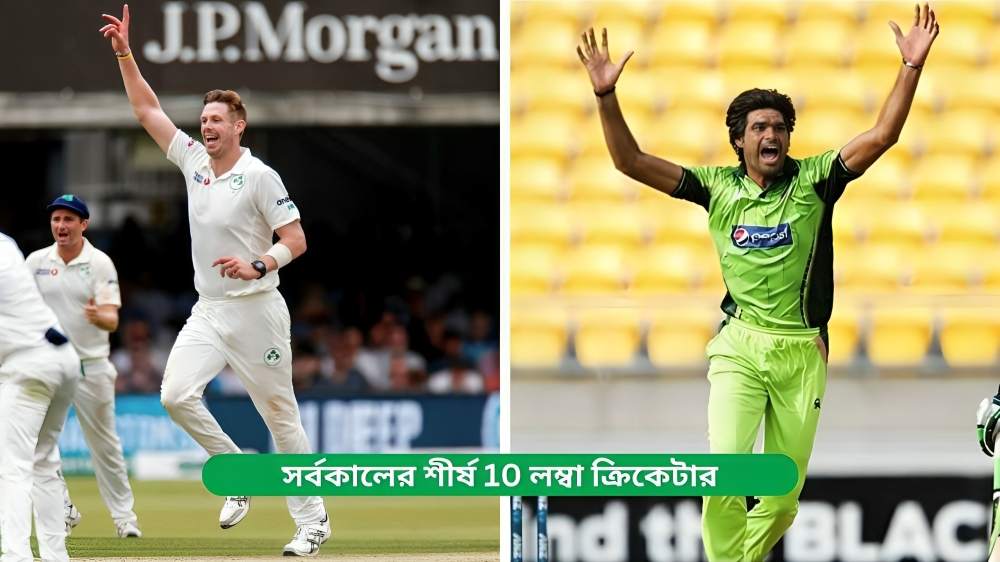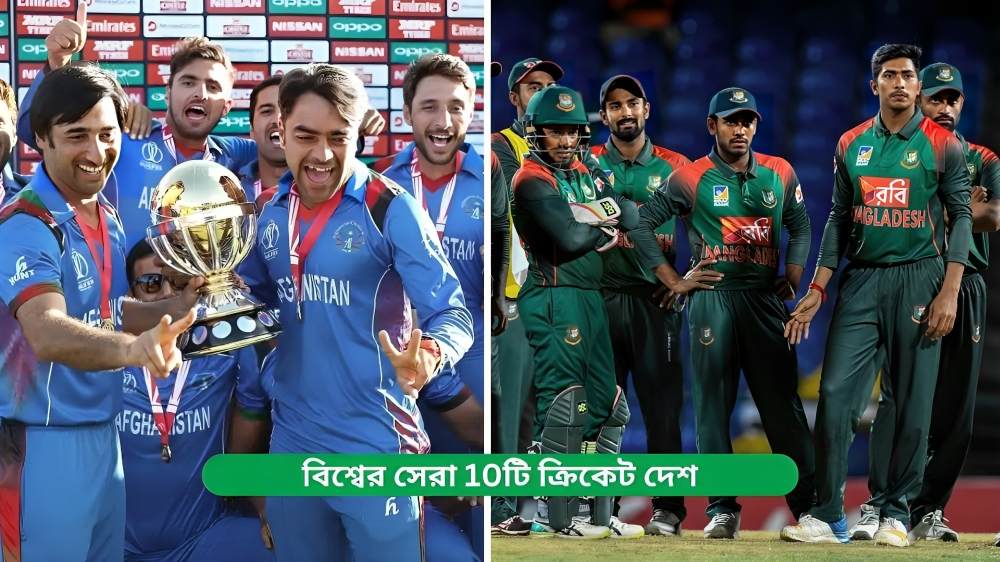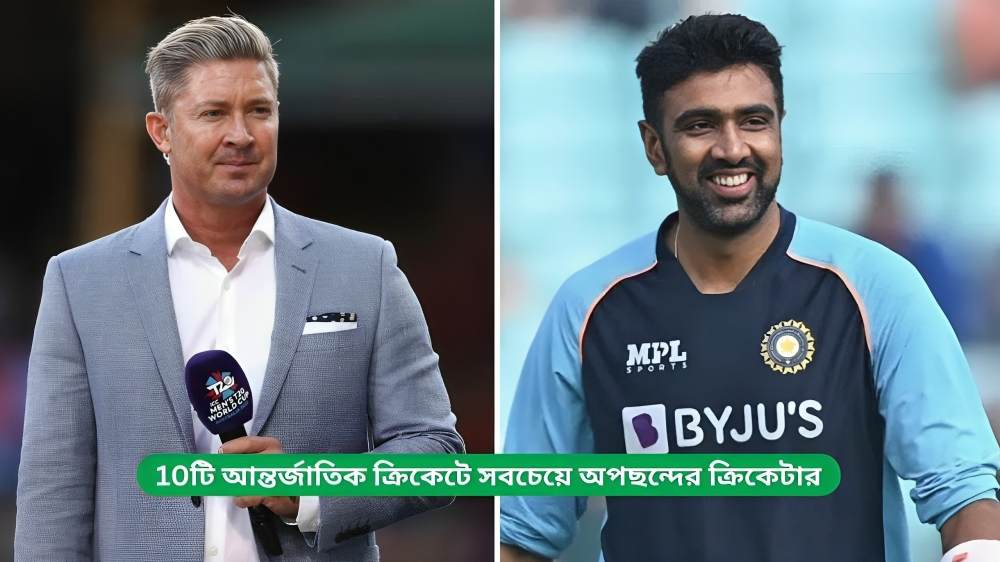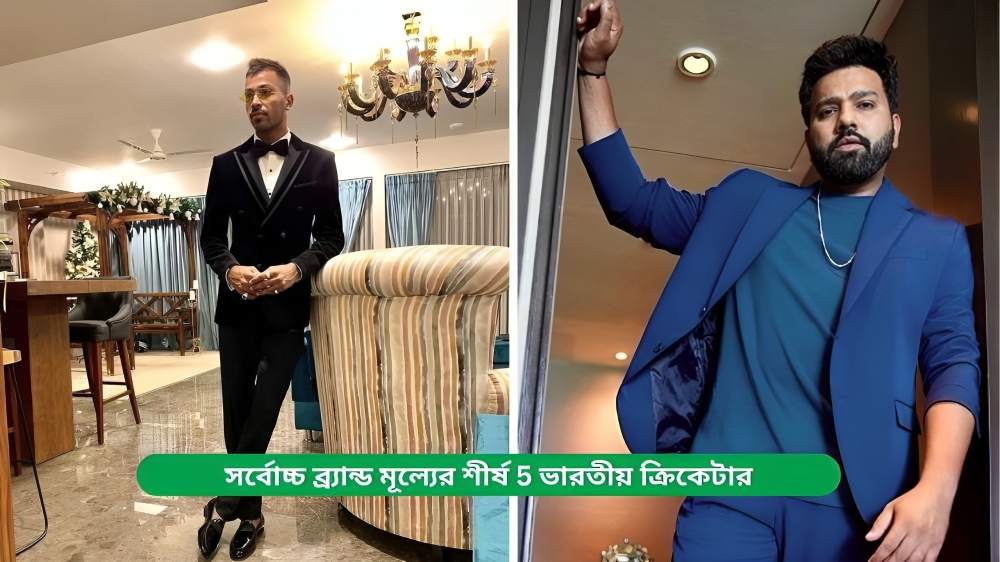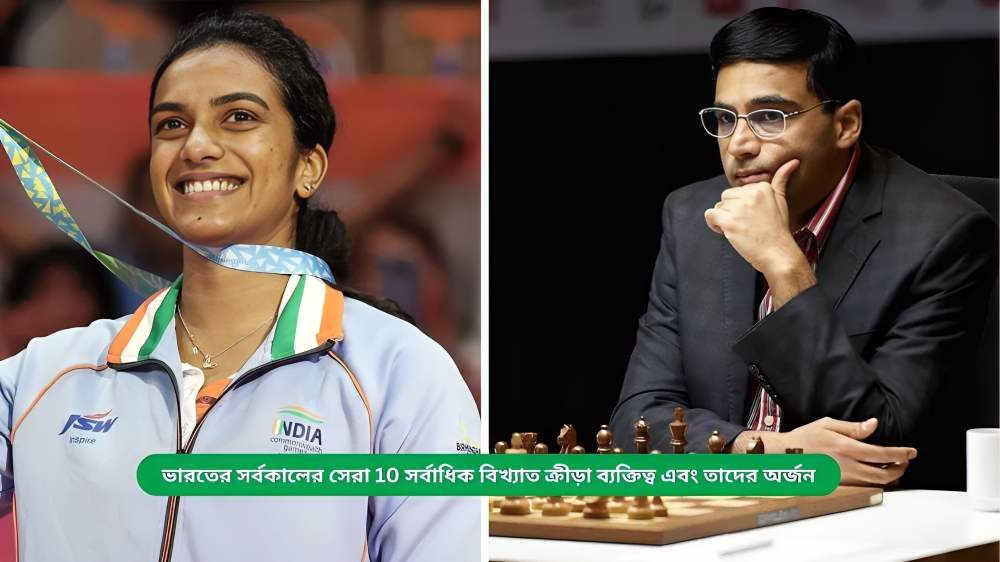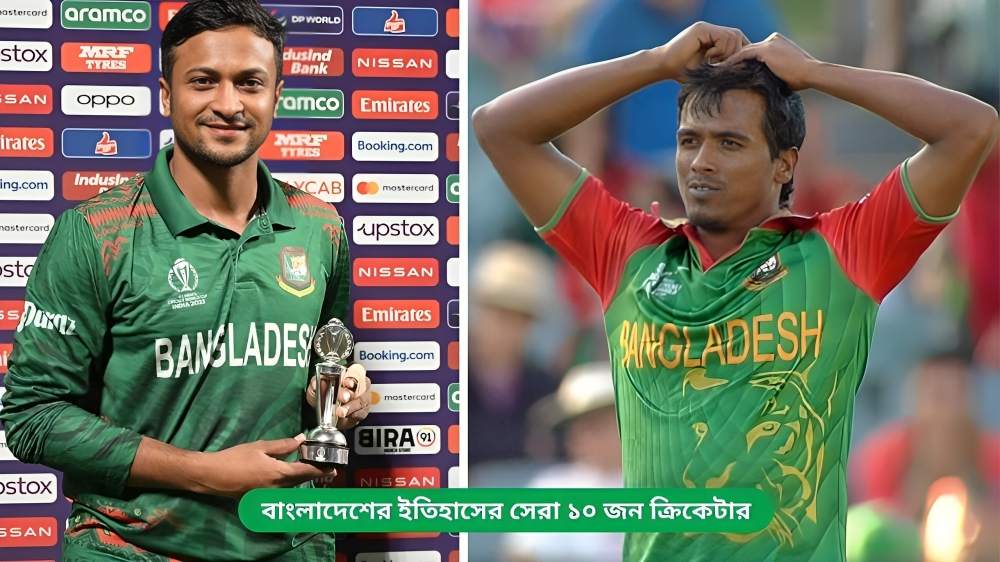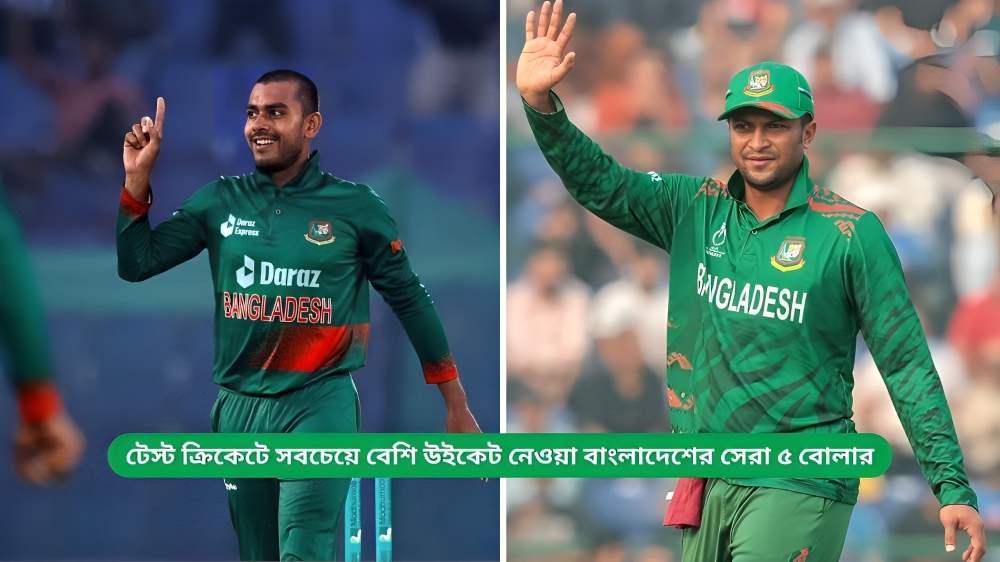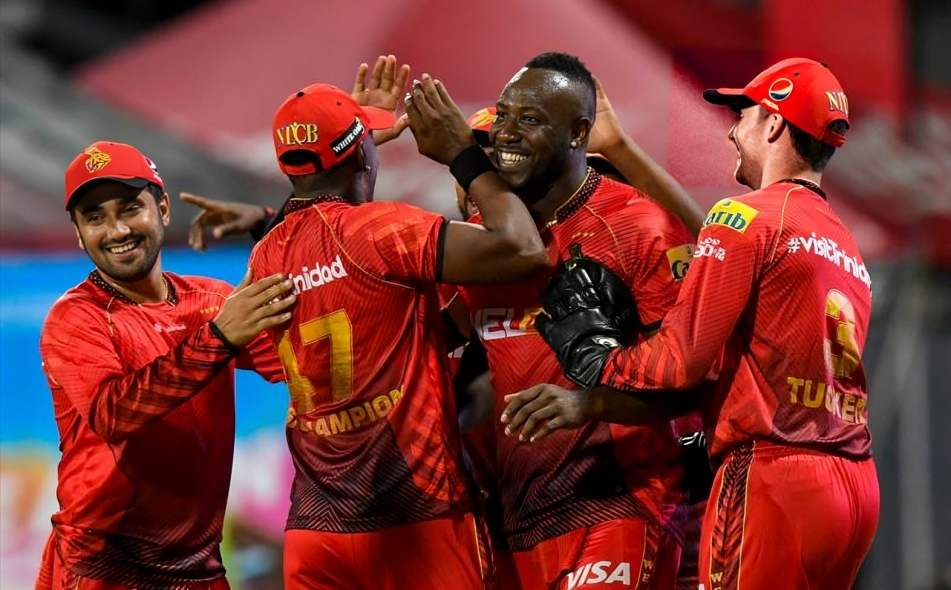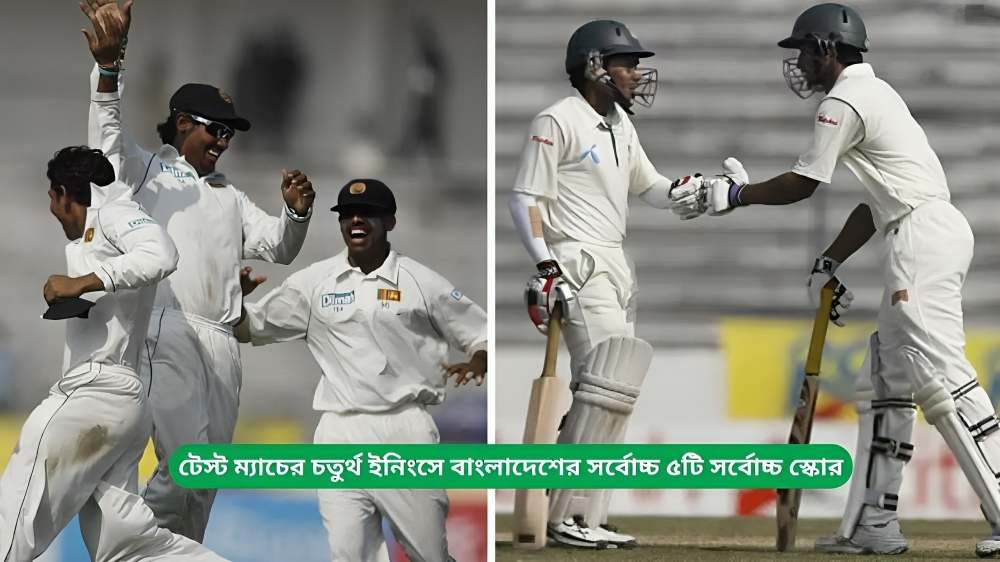Bat Sponsorship Deals: How Much Do Cricketers Earn?: In the world of professional cricket, sponsorship deals have become a significant source of income for players, particularly through bat sponsorship. These agreements not only enhance a player’s earnings but also create a brand association that benefits both the athlete and the equipment manufacturers. In this article, we explore the intricacies of bat sponsorship deals, examining how much cricketers earn and highlighting some notable players and their sponsorship arrangements.
Understanding Bat Sponsorship
Bat sponsorship involves agreements between cricketers and bat manufacturers, where players receive financial compensation or equipment in exchange for using a specific brand of bat during matches. These deals can vary widely in value, depending on the player’s stature, marketability, and performance on the field.
Sponsorships can include various terms, such as the obligation to use the brand’s equipment during international matches, promotional appearances, and social media endorsements. The rise of social media has also transformed the landscape, allowing players to engage directly with their audience, further increasing their marketability.
Earnings Breakdown
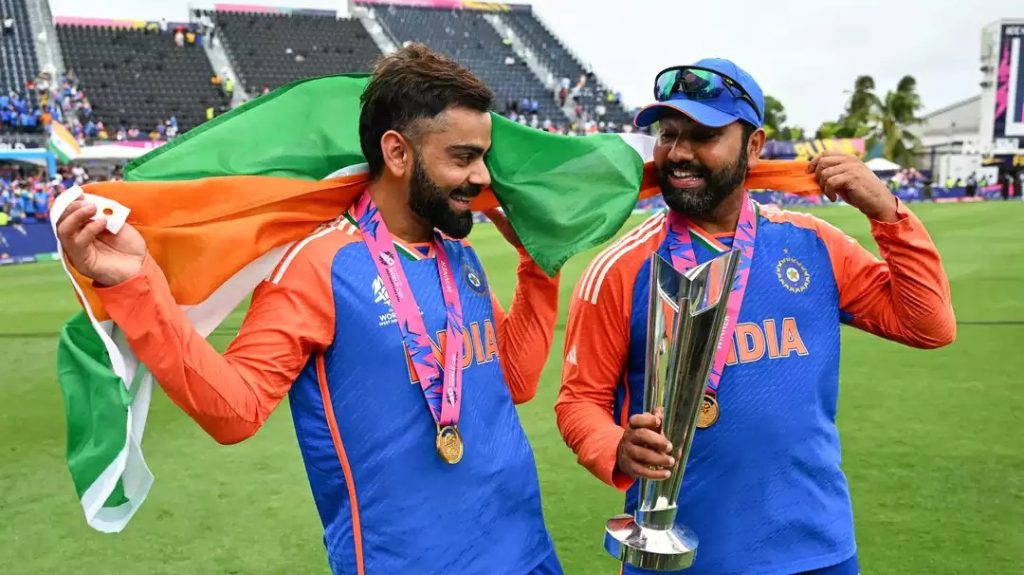
The financial benefits of bat sponsorship deals can range from thousands to millions of dollars annually. For example, prominent players like Virat Kohli and Steve Smith command some of the highest sponsorship deals in cricket.
Virat Kohli, the former captain of the Indian cricket team, has one of the most lucrative bat sponsorship deals in the sport. His partnership with MRF (Madras Rubber Factory) is estimated to be worth around $2 million per year. Kohli’s immense popularity, not just in India but globally, makes him a prime candidate for high-value sponsorships. His deal with MRF has lasted over a decade, reflecting his consistency and the brand’s successful association with his image.

Similarly, Australian captain Steve Smith has an endorsement deal with New Balance that reportedly pays him around $1 million annually. Smith’s success on the field, including his remarkable performances in Test cricket, has bolstered his marketability, making him an attractive prospect for bat manufacturers.
Rising Stars and Emerging Players
While established stars earn significant amounts from bat sponsorships, emerging players are also beginning to make their mark. Indian cricketer Shubman Gill, who has quickly gained recognition for his talent, secured a bat sponsorship deal with SG (Sanspareils Greenlands). Though the exact figures are not publicly disclosed, it is believed that his sponsorship is worth several hundred thousand dollars, illustrating how even younger players are tapping into sponsorship revenue.

Similarly, Pakistan’s Babar Azam, known for his elegant batting style and leadership, has partnered with Puma for his bat sponsorship. His deal, rumored to be worth around $1 million, showcases the growing importance of marketing in cricket, particularly in a country with a rich cricketing history.

The Influence of Performance and Popularity
The amount a cricketer can earn from bat sponsorship is heavily influenced by their performance and popularity. Players who consistently perform well and have a strong fan following tend to attract better sponsorship deals. For instance, Indian bowler Jasprit Bumrah, known for his unique bowling action and ability to take crucial wickets, has a sponsorship deal with New Balance for his bats. While his primary endorsement is for his bowling gear, he is also associated with bat brands, and his market value is steadily increasing.

On the flip side, players who may not have as strong a presence or have faced a dip in form may find it challenging to secure lucrative deals. Sponsorships are often seen as a reflection of a player’s marketability and can fluctuate based on their performance.
Brand Influence and Image

Cricketers like AB de Villiers and Kevin Pietersen have successfully leveraged their popularity to secure sponsorships that go beyond just bats. De Villiers, known for his explosive batting and innovative style, had a long-term deal with MRF during his career. His charismatic persona and global fanbase significantly contributed to the brand’s visibility. Similarly, Pietersen’s deal with Puma not only included bats but also extended to a full range of cricket gear, showcasing how a player’s image can enhance a brand’s appeal.

Social Media Impact
In today’s digital age, social media presence plays a pivotal role in determining a player’s marketability. Cricketers with substantial followings on platforms like Instagram and Twitter often attract higher sponsorship deals. For example, MS Dhoni, although retired, continues to earn millions through various endorsements due to his massive fanbase and effective engagement on social media. His association with Reebok for cricket gear, including bats, is a testament to how past performances and ongoing popularity can sustain lucrative deals long after retirement.

Sponsorship Trends in Cricket
The trend of bat sponsorships has evolved, particularly in the wake of the COVID-19 pandemic, where digital marketing became more prominent. Brands are now keen to collaborate with cricketers who not only perform on the field but also have a strong online presence. This shift has allowed lesser-known players to secure endorsements, as brands seek to diversify their marketing strategies.
For instance, younger players in leagues like the Indian Premier League (IPL) often attract sponsors due to the high visibility of the tournament. Players like Ruturaj Gaikwad, who emerged as a star during IPL seasons, have started to see increased sponsorship opportunities, highlighting how performance in high-stakes tournaments can lead to lucrative deals.

Bat sponsorship deals have become a crucial revenue stream for cricketers, significantly impacting their earnings and marketability. Players like Virat Kohli, Steve Smith, and emerging stars are increasingly securing lucrative agreements that reflect their performances and popularity.
As cricket continues to evolve, so too will the landscape of sponsorships. With the rise of social media and changing consumer behaviours, the potential for cricketers to capitalise on their brand appeal is greater than ever. Whether through high-value endorsements or emerging talent, the financial landscape of bat sponsorship is an exciting aspect of modern cricket, ensuring that the sport continues to thrive both on and off the field.
Also Read: Understanding the Shout: Why Cricketers Yell ‘Howzat?’


